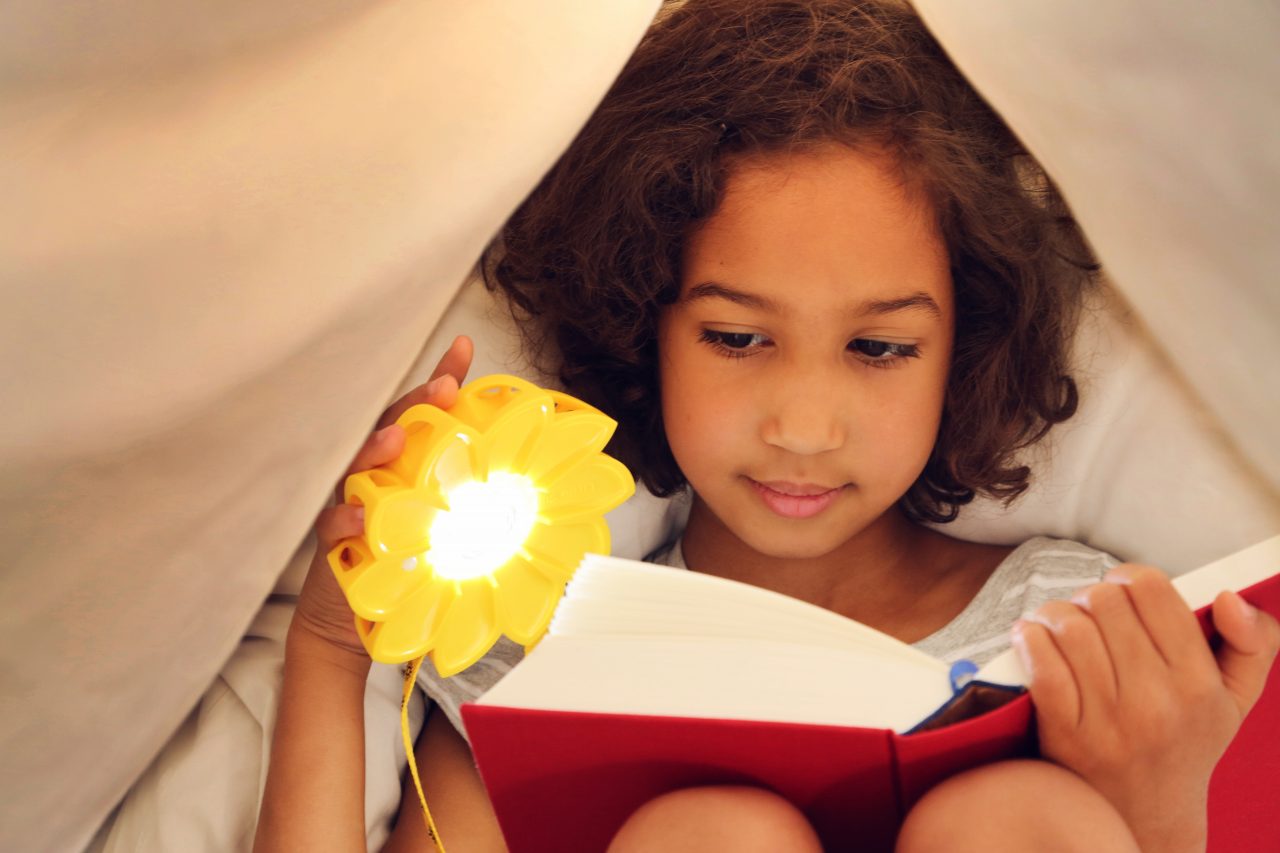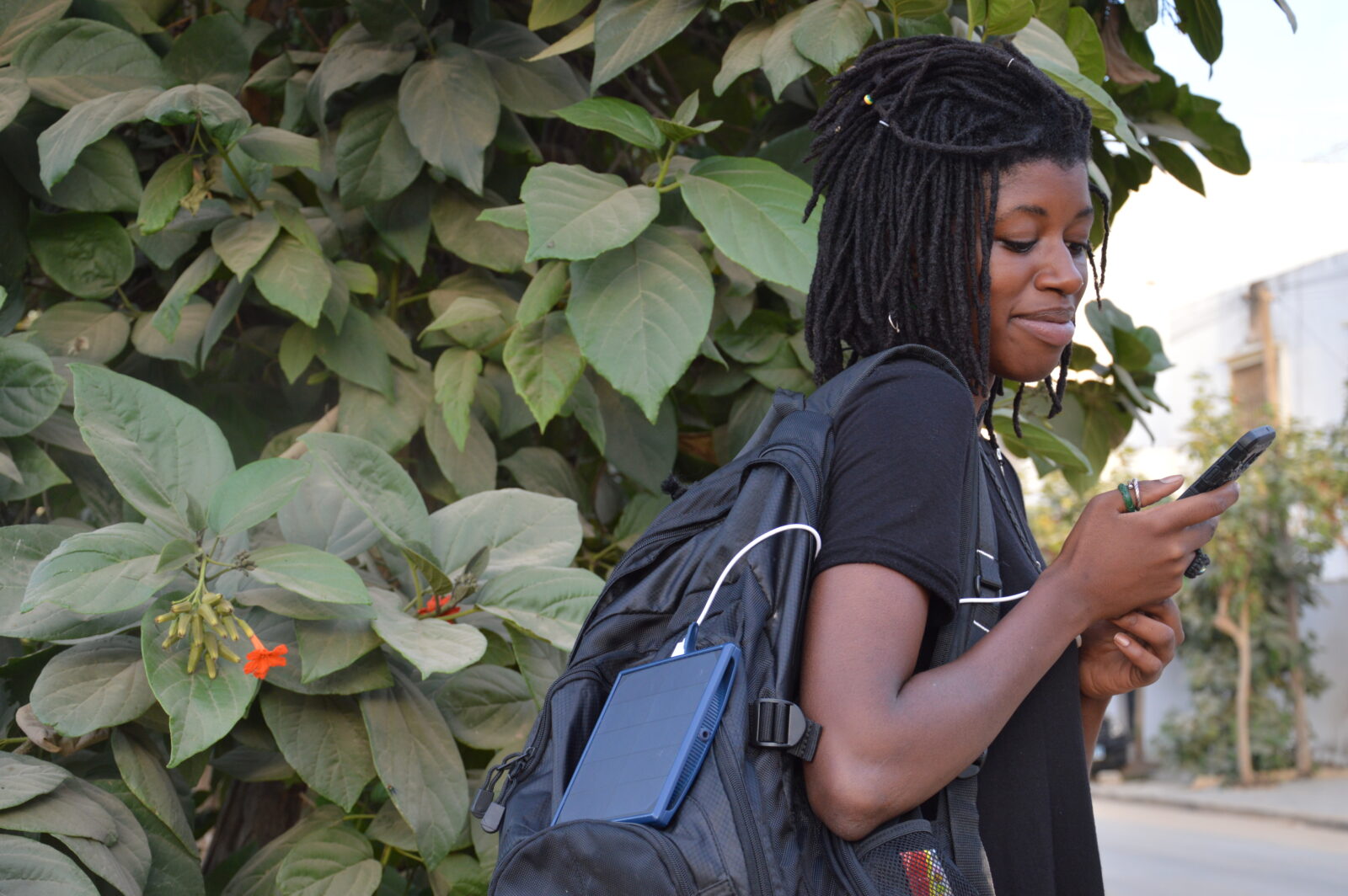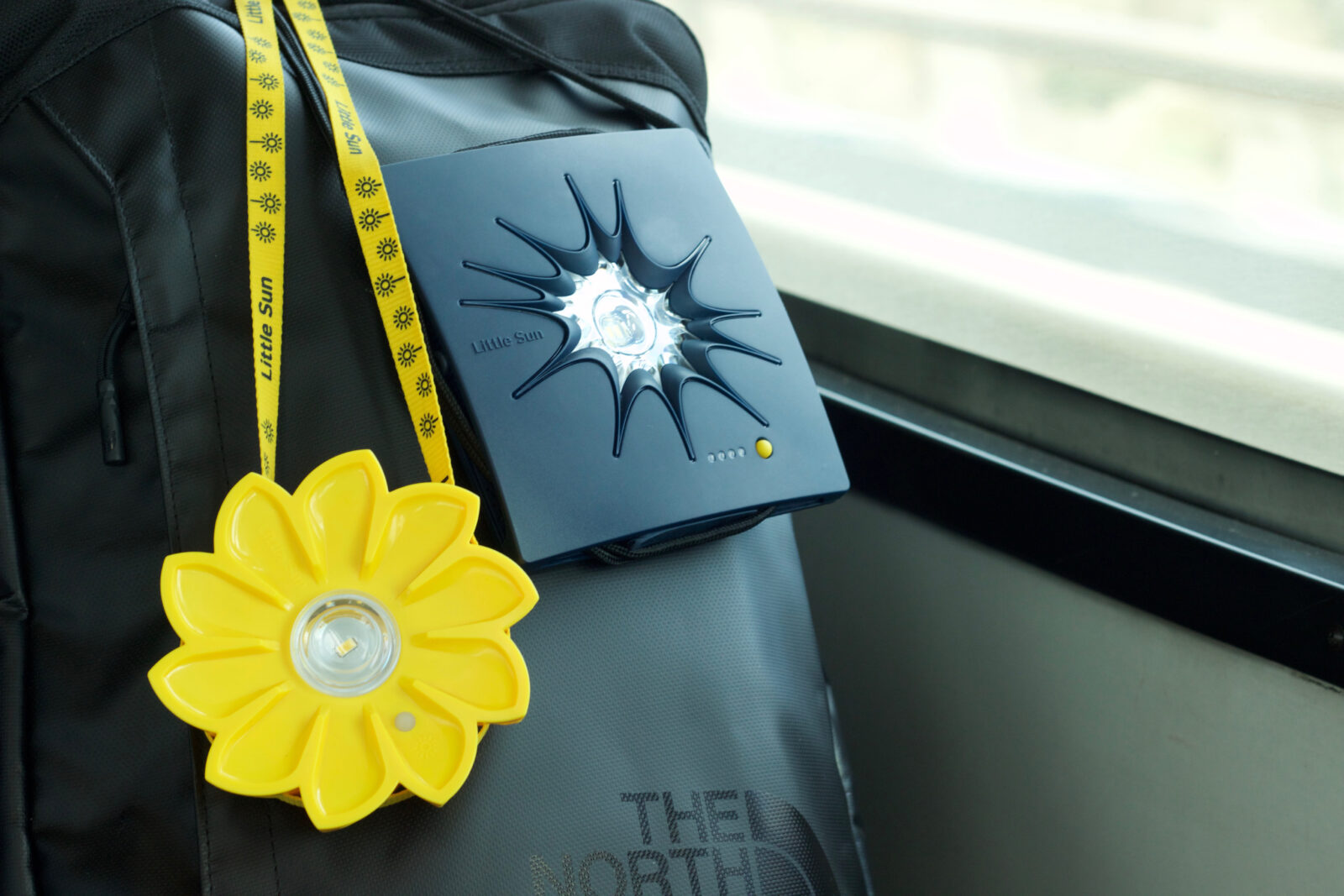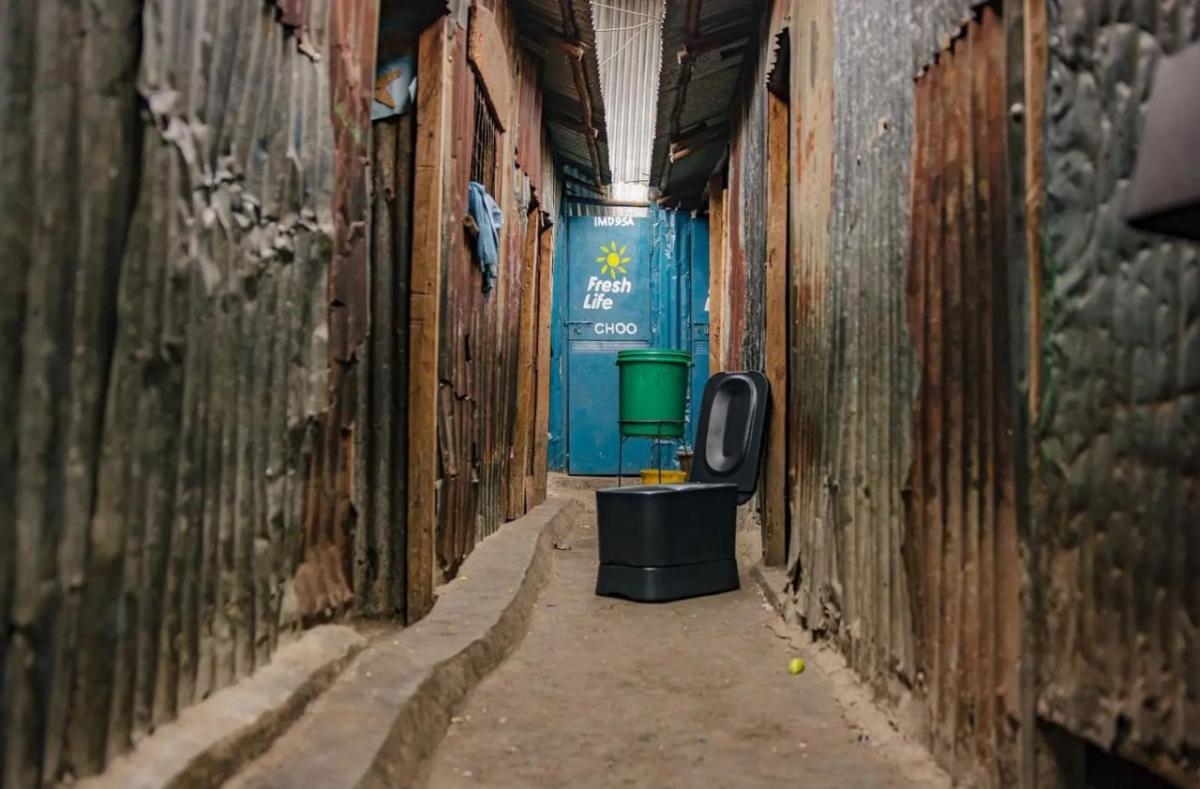Launched at the Tate Modern in London in 2012, the Little Sun lamp is a result of the joint effort of artist Olafur Eliasson and engineer Frederik Ottesen. Over 1.1 billion people live in areas cut off from electricity networks (so-called off-grid areas), which prevents them from using things we take for granted, such as phones, computers, home appliances, and even basic lighting for daily chores. To address the issue, many use kerosene and other fuel-based lighting, which emits toxic smoke. Poisonous and dangerous, these lights can cause vision and respiratory issues and cause fires.


Little Sun Lamp Original
Little Sun is a game-changer for these off-grid areas. High-quality, portable solar LED lamps offer a safe, sustainable, and renewable alternative to fuel-based lighting by harnessing solar energy. The light can be used to study, cook, and fuel interactions. Adjustable brightness levels also provide better illumination than the alternatives. Featuring the most efficient solar LED cell (monocrystalline, 4.4 V, 0.5 Watt, made by SunPower) and a dimmer, the lamp provides 4 hours of bright light (30 lm) and up to 50 hours of soft light (2lm). Pressing the button once turns on the bright light; holding the button down activates the dimmer function; and pressing the button twice turns it off. The IFR 14500/14505 LiFePO4 battery (3.2V, 400 mAh) has a lifespan of 5 years. For maximum results, charge for 5 hours with a solar panel facing the sun. The ventilation around the panel keeps the electronics cool during charging.


Little Sun Charge and Little Sun Diamond
Apart from the Little Sun lamp, the duo has also created a Little Sun Charge and a Little Sun Diamond. A high-performance solar charger that doubles as a lamp lets users bring the power of the sun wherever they go. By placing the solar panel upwards, you can check charge levels. Connect your phone, camera, and the like through a USB cable, and you can easily charge up to 2 smartphones. Charging the product for 7.5 hours provides 45 hours of bright, 13 hours of very bright, and 155 hours of soft light, as well as 12.5Wh of charging capacity for other appliances. And when the day is gloomy, the charger can draw power from a standard electrical outlet or a laptop.
Little Sun Diamond, a lamp with a stand, can be used as a reading lamp and worn as a sparkling necklace for hiking, camping, and other outdoor activities. Inspired by nature, the Diamond requires 5 hours of charging for 5 hours of bright 22Im light that fades to long-lasting soft light. The stand can be detached by removing it from the side holes one at a time, after which it can be hung on a strap and worn as a necklace. Both products contain batteries that will last for 5 years if used daily.


Global-local partnership and distribution
Initially launched in Ethiopia, the Little Sun lamp is currently available in over nine additional Sub-Saharan countries: Zimbabwe, Uganda, Senegal, Nigeria, Kenya, Burundi, Ghana, and South Africa. The invention, looking to revolutionise the way people study, work, and live, is particularly suitable for the African continent, rich in sunlight but lacking energy networks to bring electricity to every home. However, the lamps are not only available in off-grid areas but can also be purchased in the EU, USA, Australia, Canada, and Japan. They represent a great source of light for the beach, camping, festivals, backyards, gardens, and even in home interiors.
The products also help support local businesses by extending their working hours, while enabling locals to move more safely at night and socialise. The project joins forces with local partners who can create and distribute the Little Sun collection in these unprivileged areas. After receiving start kits and entrepreneurial training, the agents sell the lamps at affordable prices through Village Savings and Loan Associations (VSLAs), door-to-door, and in-home sales parties. Occasionally, these lamps are distributed freely to those in need, for instance, in refugee camps.


Posted as part of D5 Digital Design Week 2025
This year’s edition spotlights “Design Where It Matters Most”, a reminder that smart design isn’t just aesthetic, it’s a lifeline. From emergency shelters to solar-powered lights, we’re looking at work that responds to real needs with creativity, care, and impact. The project featured above is a powerful example of how design can step up when it matters most, offering practical solutions without losing sight of human dignity.









